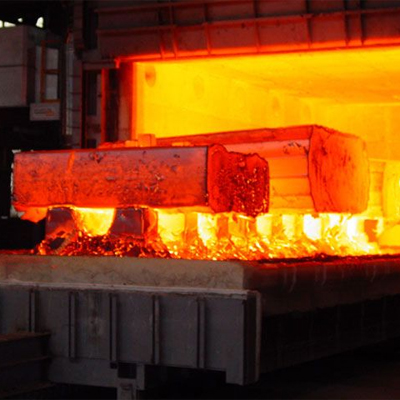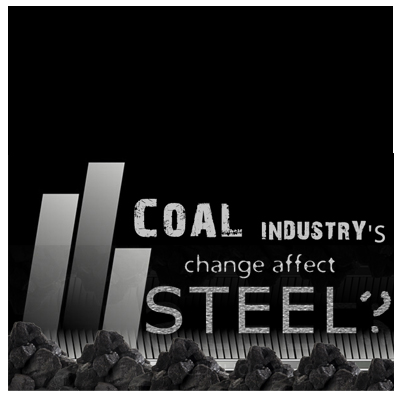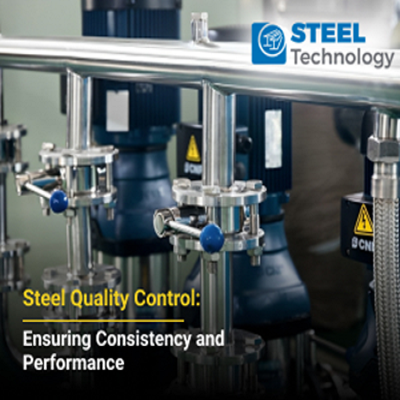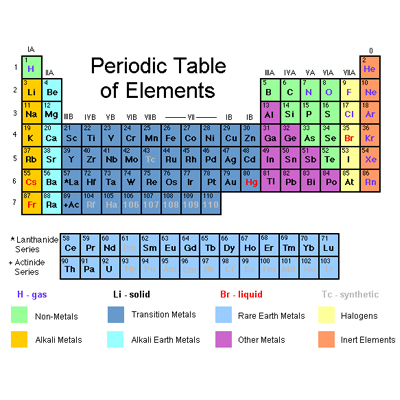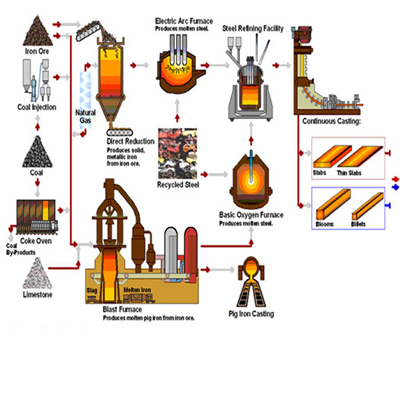Evolution of Ironmaking Techniques: From Ancient to Modern Methods
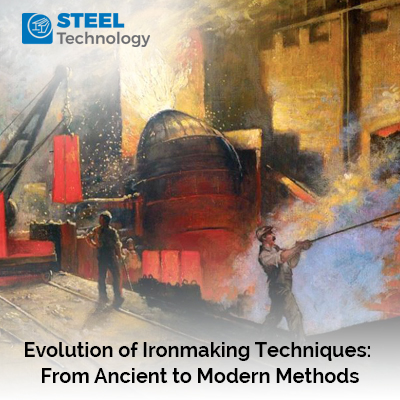
Introduction:
Iron, one of the most fundamental elements on Earth, has played a pivotal role in shaping human civilization. The journey of ironmaking techniques spans millennia, evolving from ancient methods rooted in fire and craftsmanship to sophisticated modern processes driven by technology and innovation. This article explores the fascinating trajectory of ironmaking, delving into the historical milestones, technological breakthroughs, and the transformative impact on societies across the ages.
Ancient Ironmaking Techniques:
The origins of ironmaking date back to the prehistoric era when early humans discovered the art of working with iron. Initially, iron was found in its natural state as meteorites, which provided a readily available source for primitive tools and weapons. As societies progressed, humans began to extract iron from terrestrial sources, marking the transition from the use of meteoric iron to smelting iron ore.
One of the earliest known methods of iron smelting was the bloomery process. This ancient technique, dating as far back as 1200 BCE, involved heating iron ore in a furnace with charcoal. The carbon monoxide produced during this process would react with the iron oxide in the ore, resulting in the formation of metallic iron and slag. While effective for small-scale production, bloomeries had limitations in terms of efficiency and the quality of iron produced.
The Middle Ages witnessed the rise of the blast furnace, a significant advancement in ironmaking technology. The blast furnace, originating in China around the 4th century BCE and later adopted in Europe, revolutionized the scale and efficiency of iron production. This innovation allowed for the smelting of iron on a larger scale, enabling the production of cast iron. The blast furnace operated by blowing air through a tuyere to increase the temperature and facilitate the reduction of iron ore.
| Also Read: From Ore to Alloy: Navigating Ironmaking in Modern Steel Production |
Renaissance and Early Modern Period:
The Renaissance period brought about further refinements in ironmaking techniques. During this time, blast furnaces became more widespread, and advancements in furnace design and fuel efficiency contributed to increased production. Innovations such as water-powered hammers and bellows improved the efficiency of iron forging, leading to the production of higher-quality iron products.
The 18th century marked a crucial turning point with the discovery of coke as a viable alternative to charcoal in the blast furnace process. Abraham Darby's successful use of coke in the smelting of iron ore in 1709 laid the foundation for the Industrial Revolution's impact on iron production. Coke, derived from coal, provided a more abundant and economical source of fuel, significantly enhancing the efficiency of the blast furnace and contributing to the proliferation of iron manufacturing.
Industrial Revolution and Technological Advancements:
The 19th century witnessed a seismic shift in ironmaking with the advent of the Industrial Revolution. Technological advancements, such as the steam engine and improved transportation infrastructure, fueled the demand for iron products. The development of the Bessemer process by Sir Henry Bessemer in the 1850s marked a milestone in iron and steel production.
The Bessemer process involved blowing air through molten pig iron to oxidize impurities and reduce carbon content, resulting in the production of high-quality steel. This innovation revolutionized the steel industry, making steel more affordable and accessible for various applications, from construction to machinery.
| Also Read: Forging Ahead: Ironmaking Innovations in the Steel Industry |
Simultaneously, the Siemens-Martin process, an alternative to the Bessemer process, gained prominence. This method involved refining pig iron in a furnace using a regenerative heat exchanger, producing steel with precise control over its composition. The Siemens-Martin process complemented the Bessemer process, allowing for greater flexibility in steel production.
Twentieth Century and Beyond:
The 20th century witnessed further advancements in ironmaking techniques, driven by a quest for efficiency, cost-effectiveness, and environmental sustainability. The introduction of electric arc furnaces (EAFs) emerged as a key development in steelmaking. Unlike traditional blast furnaces, EAFs used electricity to melt recycled steel scrap, offering a more energy-efficient and environmentally friendly alternative.
In addition to EAFs, the Linz-Donawitz (LD) process, also known as basic oxygen steelmaking, became a dominant method for large-scale steel production. Developed in the mid-20th century, the LD process involved blowing oxygen through molten pig iron to reduce impurities and control alloy composition, resulting in high-quality steel.
Contemporary Ironmaking Techniques:
As we step into the 21st century, ironmaking continues to evolve with an emphasis on sustainability and technological innovation. The development of direct reduced iron (DRI) processes, such as the Midrex and HYL technologies, represents a shift towards alternative methods of iron production. These processes involve the direct reduction of iron ore using natural gas or hydrogen, producing high-purity iron that can be used in various applications, including steelmaking.
Furthermore, advancements in smelting technologies, such as the use of plasma and novel reactor designs, aim to enhance energy efficiency and reduce environmental impact. Researchers and engineers are exploring ways to capture and utilize by-products, such as carbon dioxide and waste heat, to create more sustainable ironmaking processes.
Conclusion:
The evolution of ironmaking techniques mirrors the progress of human civilization, from the craftsmanship of ancient bloomeries to the high-tech processes of the 21st century. The iron and steel industry has been at the forefront of technological innovation, driving economic development and shaping the infrastructure of societies worldwide.
From the humble bloomery to the towering blast furnace, and from the transformative Bessemer process to the environmentally conscious DRI technologies, the journey of ironmaking reflects humanity's quest for efficiency, sustainability, and mastery over the elements. As we continue to push the boundaries of technology, the future of ironmaking holds the promise of even more sustainable and efficient methods, ensuring that this ancient craft remains at the forefront of industrial progress.





